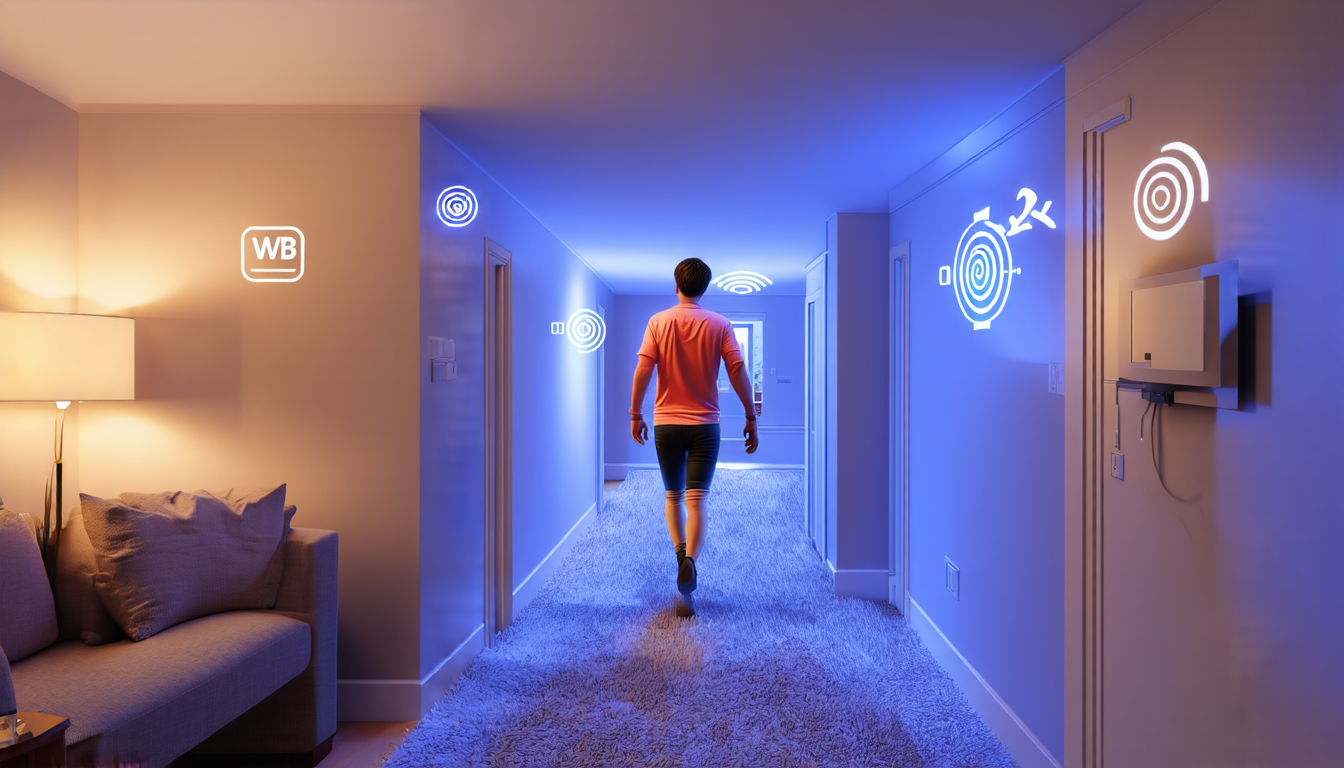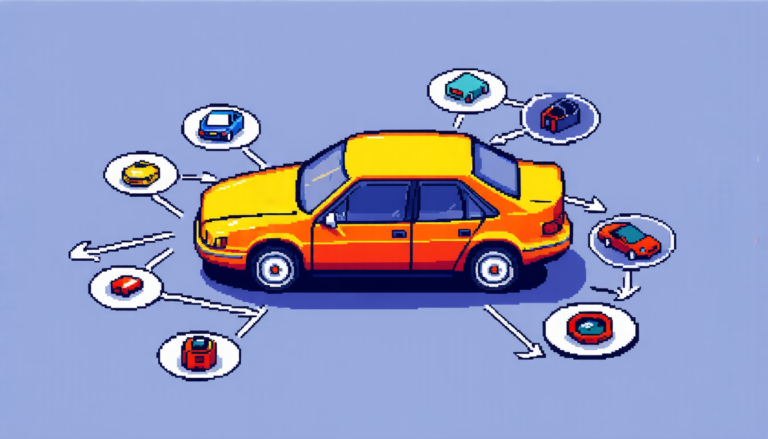Saturday 27 September 2025
Tracking our daily habits has become an essential aspect of modern life, with wearable devices and smart home sensors constantly monitoring our every move. But have you ever wondered how these systems actually work? A recent study published in Multimedia Tools and Applications has shed some light on this question, using ultra-wideband (UWB) technology to track daily paths within the home.
The researchers, from the University of Granada and the University of Alicante, used a network of UWB devices installed throughout two flats – one with an area of 60 square meters and another with an area of 100 square meters. These devices emitted signals that were then received by sensors placed on a person’s body as they went about their daily activities.
The team developed a deep learning model to analyze the received signal strength indicator (RSSI) data, which is affected by the presence of walls and obstacles in real environments. They compared the performance of three different models: convolutional neural networks (CNNs), long short-term memory (LSTM) networks, and a hybrid combination of both.
The results showed that the hybrid model performed best, achieving an average absolute error of around 50 centimeters – roughly the length of a shoebox. This accuracy is impressive, considering the complexity of indoor environments and the limitations of UWB technology.
But what does this mean for our daily lives? In practical terms, this research could be used to develop more accurate tracking systems within smart homes. For example, imagine being able to monitor an elderly person’s movements without them having to wear a bulky device or manually input their location.
The study also highlights the potential for UWB technology in other applications, such as indoor navigation and activity recognition. With its high accuracy and low latency, UWB could become an essential tool for navigating complex environments like shopping malls, airports, or even entire cities.
While this research is still in its early stages, it has significant implications for our understanding of how we move through space. By developing more accurate tracking systems, we can better understand human behavior and develop more effective solutions to improve our daily lives.
In the future, expect to see UWB technology integrated into a wide range of applications, from smart home devices to wearable fitness trackers. As researchers continue to push the boundaries of what’s possible with this technology, it will be exciting to see how it shapes the way we live and move through the world around us.
Cite this article: “Uncovering the Secrets of Indoor Tracking: A Study on Ultra-Wideband Technology”, The Science Archive, 2025.
Uwb, Tracking, Daily Habits, Wearable Devices, Smart Home Sensors, Deep Learning Model, Rssi Data, Convolutional Neural Networks, Long Short-Term Memory Networks, Hybrid Model







